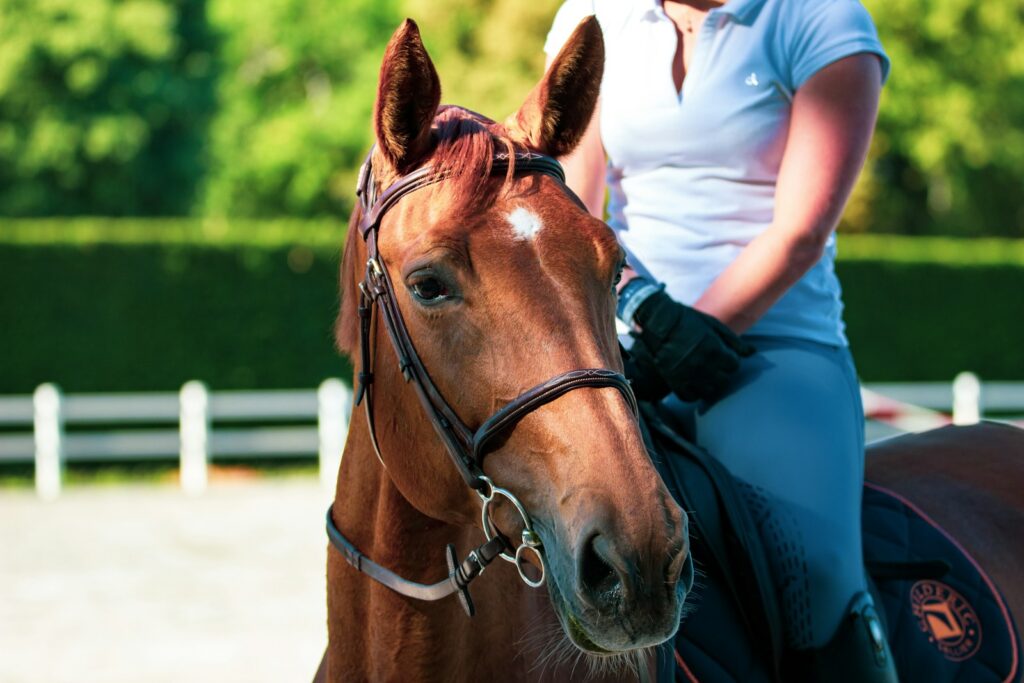Introducing a bit to a horse is a pivotal moment in their training journey, often setting the stage for their future relationship with riders. When a horse accepts a bit willingly, it creates a foundation of trust and clear communication that benefits both horse and rider. Unfortunately, many horses develop resistance to the bit due to improper introduction or previous negative experiences, leading to frustrating behaviors like head tossing, teeth grinding, or refusing to accept contact. This comprehensive guide will walk you through gentle, effective methods to teach your horse to accept a bit comfortably, creating a positive experience that fosters mutual respect and understanding.
Understanding Bit Resistance in Horses
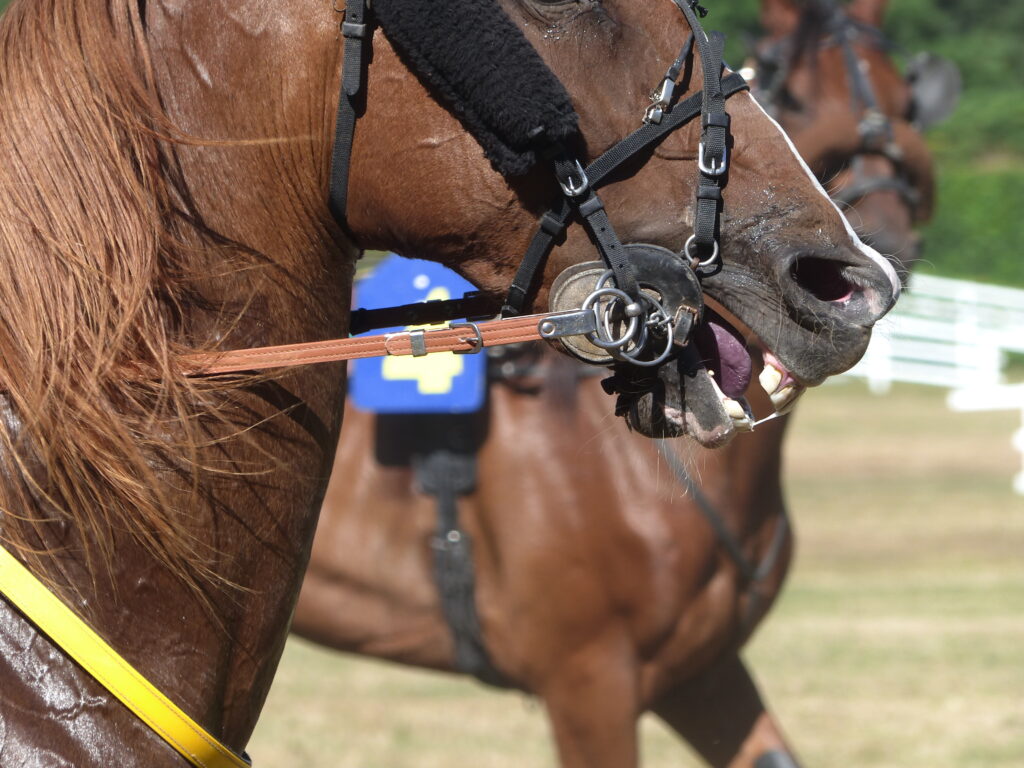
Bit resistance rarely develops without reason and is typically a response to discomfort, fear, or confusion. Horses may resist due to dental issues like sharp edges on teeth, previous harsh handling, or improper bit fit causing pain in sensitive mouth tissues. Some horses develop resistance after experiencing a heavy-handed rider who used the bit for punishment rather than communication. Understanding that resistance is usually a defensive reaction rather than stubbornness helps approach the training with empathy. By recognizing these root causes, you can address specific issues contributing to your horse’s resistance rather than simply forcing compliance.
Ensuring Proper Dental Health
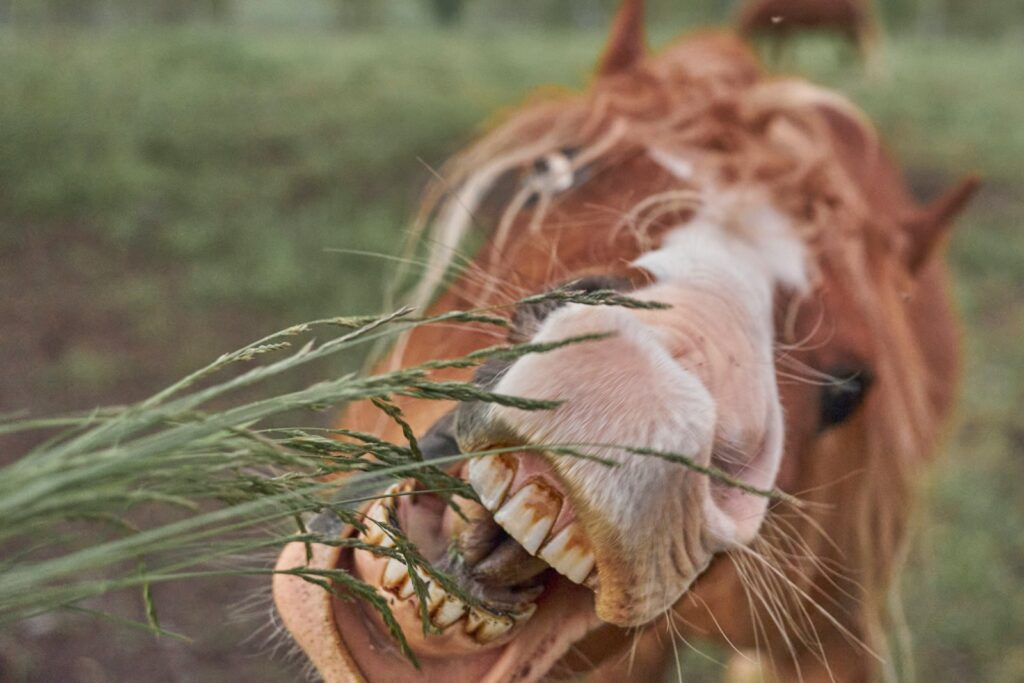
Before beginning bit training, schedule a thorough dental examination with an equine dentist to identify and address any potential issues. Horses need regular dental care to file down sharp points that develop on their teeth, which can cause significant pain when a bit presses these points against soft tissues. Young horses experiencing teeth transitions or older horses with dental wear patterns may have specific sensitivity concerns requiring professional attention. A proper dental float (filing) ensures your horse can comfortably accept and respond to bit pressure without pain. This preventative step eliminates a major source of resistance and ensures you’re not inadvertently causing discomfort.
Selecting the Right Bit for Your Horse

Bit selection significantly impacts training success, as different horses respond better to specific materials, sizes, and designs. For initial training, a mild bit such as a single-jointed loose ring or a French link snaffle generally provides gentle, clear communication without excessive pressure. The bit should match your horse’s mouth size, with approximately a quarter-inch extending beyond each side of the mouth when centered. Consider bit thickness carefully—thinner bits create more concentrated pressure, while thicker bits distribute pressure more evenly but require more mouth space. Many trainers start with a rubber or synthetic-covered bit, which tends to be more comfortable and less intimidating to horses first experiencing a bit.
Creating Positive Associations with the Bit
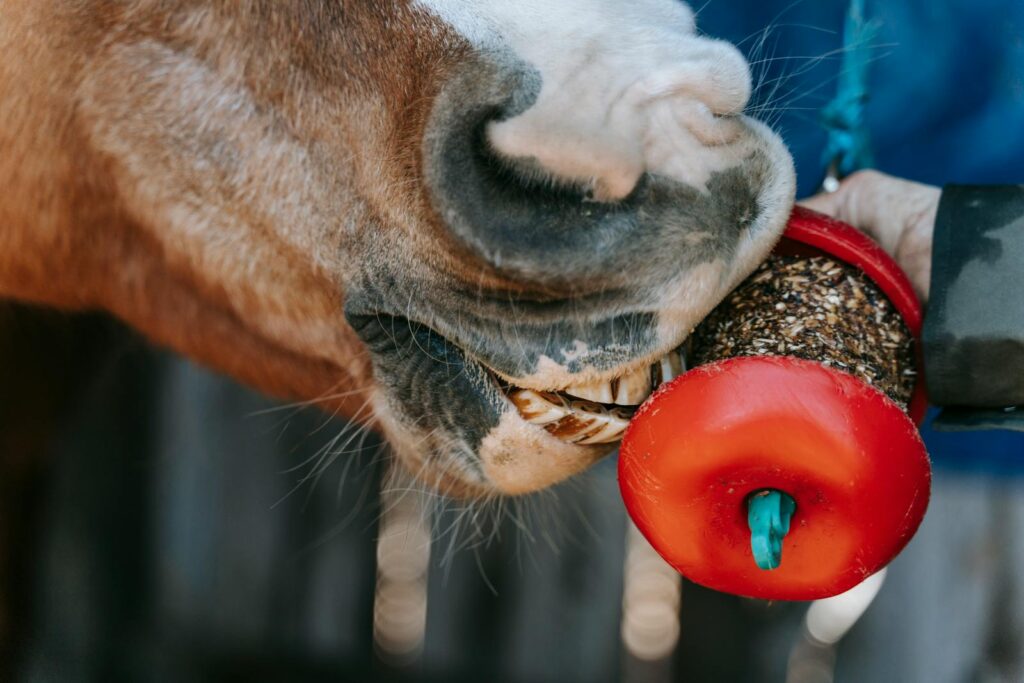
Before attempting to place the bit in your horse’s mouth, establish positive associations through careful conditioning. Begin by allowing your horse to investigate the bit visually and through smell, rewarding curiosity with praise and treats. Apply a horse-safe, palatable substance like molasses or apple-flavored bit butter to make the bit appealing and create a pleasant taste association. Hold the bit near your horse’s mouth, allowing him to lick or touch it voluntarily, rewarding each positive interaction. This approach transforms the bit from a potential threat to something associated with rewards and pleasant experiences, making your horse significantly more receptive to accepting it fully.
Introducing the Bit Gradually
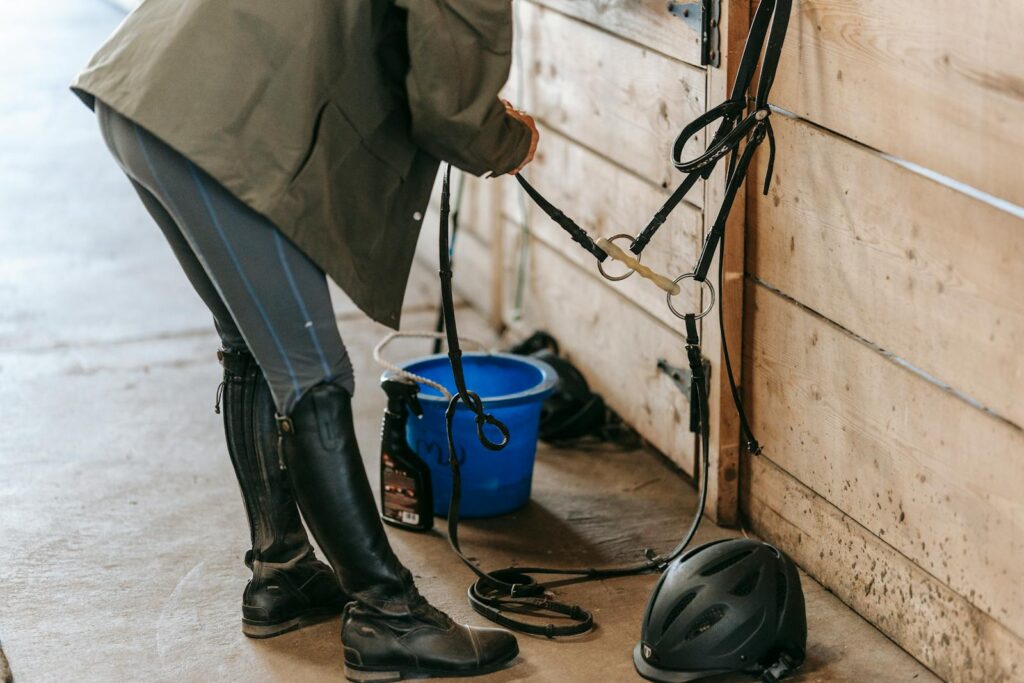
Patience during the introduction phase prevents developing negative associations that could create long-term resistance. Start by gently touching the bit to your horse’s lips without attempting to insert it, rewarding calm acceptance with treats or praise. When your horse remains relaxed, apply gentle pressure to the corner of the mouth, which naturally signals horses to open slightly. The moment your horse opens even slightly, attempt to slide the bit in just past the front teeth, then immediately remove it and reward generously. Gradually increase the duration the bit remains in the mouth, always ending on a positive note before your horse shows signs of discomfort or anxiety. This incremental approach may take several sessions but builds a foundation of trust that pays dividends throughout your horse’s career.
Teaching Proper Bit Carriage
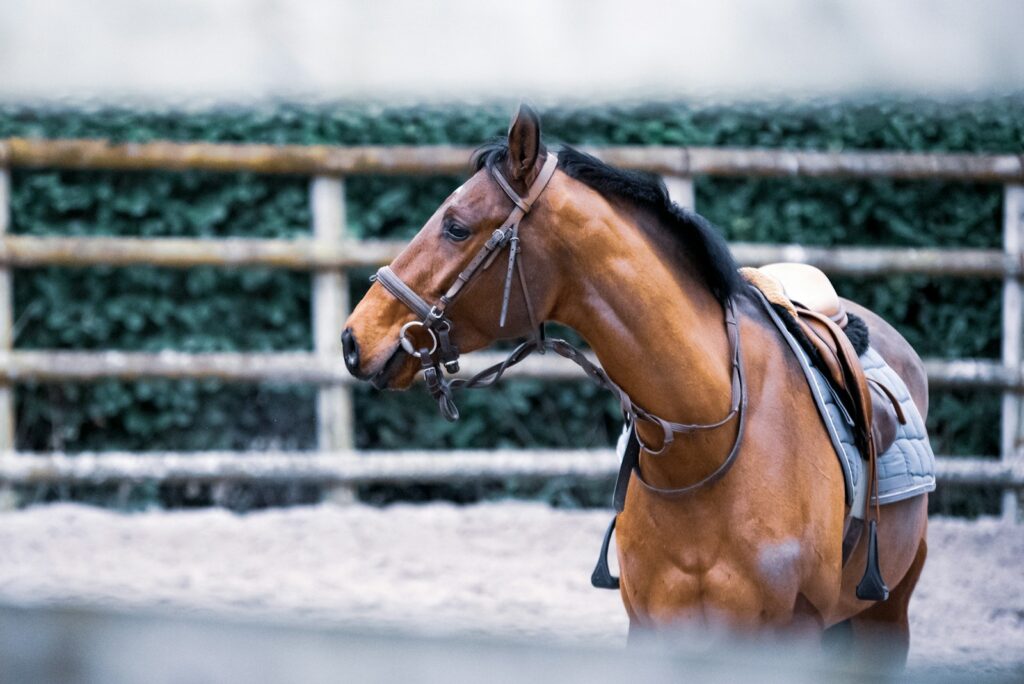
Once your horse accepts the bit being placed in their mouth, focus on developing comfortable, correct bit carriage. Initially, allow your horse to move their mouth, lick, chew, and explore the bit sensation without restrictive rein pressure. Stand beside your horse with a loosely buckled bridle, supporting the bit weight slightly to prevent excessive pressure while they learn. Gradually introduce light contact with the reins, immediately releasing when your horse relaxes their jaw rather than resisting. Encourage a relaxed, soft jaw by rewarding moments when your horse carries the bit quietly with their mouth closed but not clenched. Teaching proper carriage focuses on creating comfort rather than enforcing a specific head position or artificial frame, allowing your horse to find their natural balance with the bit.
Addressing Common Resistance Behaviors
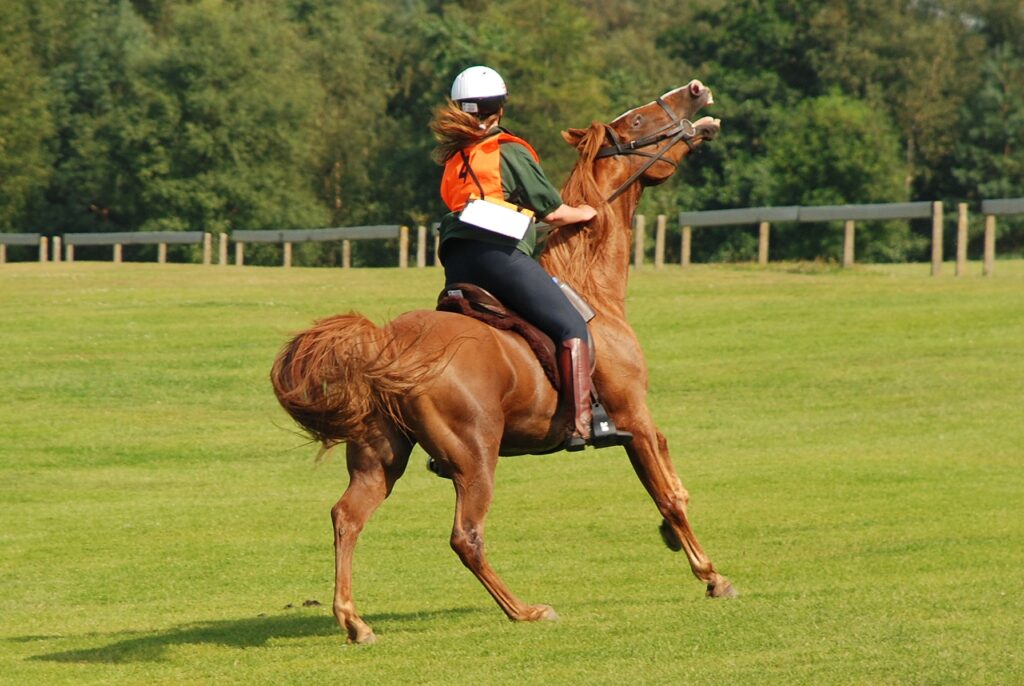
When resistance behaviors emerge, it’s crucial to address the underlying cause rather than punishing the symptom. Head tossing typically indicates discomfort with bit pressure or positioning, requiring investigation into bit fit and bridle adjustment. Teeth grinding often signals tension or anxiety, necessitating a return to more basic acceptance exercises or lighter contact. Horses that consistently open their mouths may be attempting to escape pressure, suggesting the need for softer hands or a different bit design. For horses that evade by raising or lowering their head excessively, focus on groundwork exercises that encourage proper head carriage through subtle cues rather than force. Each resistance behavior provides valuable feedback about your horse’s experience, guiding adjustments to your approach.
Implementing Groundwork Exercises
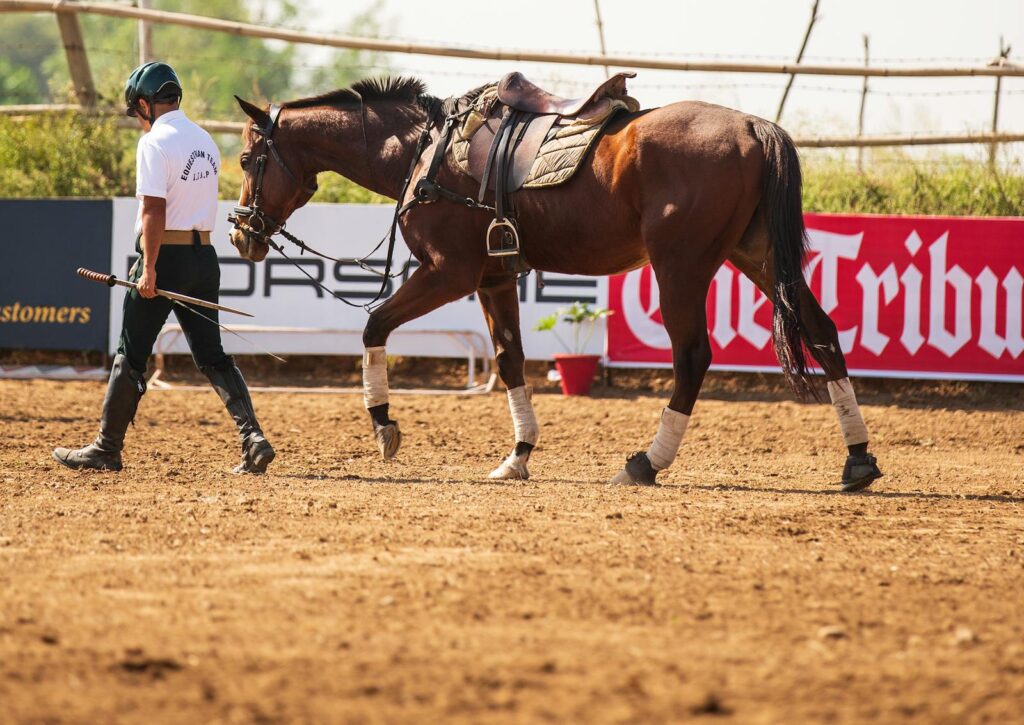
Groundwork provides an excellent opportunity to develop bit acceptance without the added complexity of rider weight and balance. Begin with simple leading exercises where the horse wears the bridle (with reins secured safely) while being directed through basic movements using a lead rope attached to a halter worn under the bridle. Progress to longeing with very light, intermittent bit contact, rewarding moments when your horse maintains relaxation. Practice halting from voice commands before adding gentle bit pressure, helping your horse understand the stopping cue without experiencing unexpected pressure. Ground driving represents an advanced exercise where you can introduce directional rein cues while still having a clear view of your horse’s responses and comfort level. These exercises develop muscle memory and positive associations before adding the complexity of mounted work.
Transitioning to Ridden Work
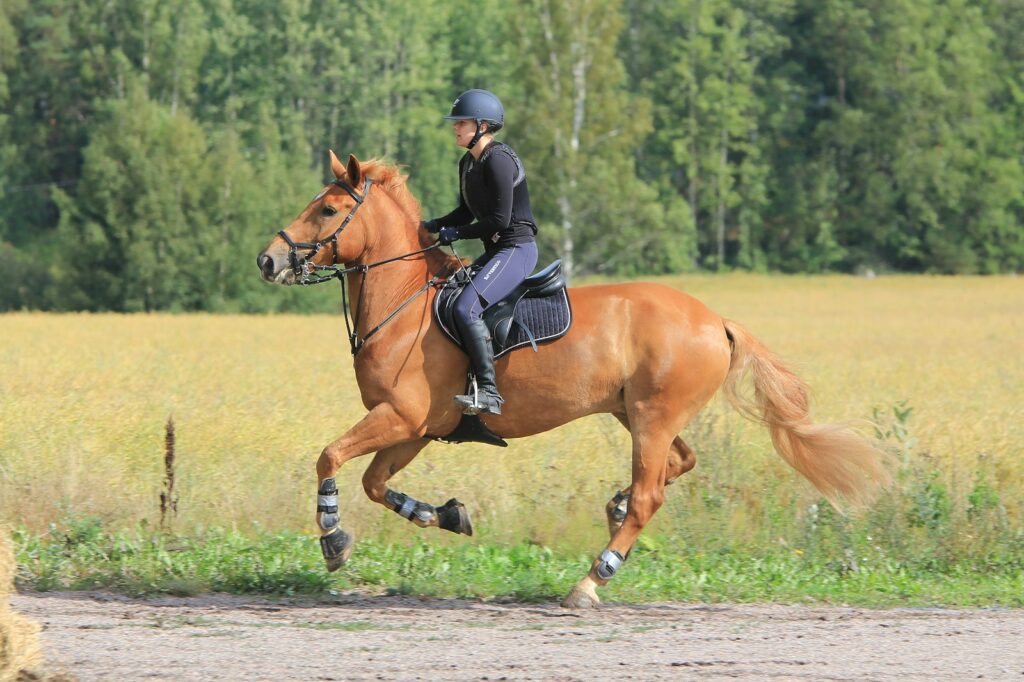
When beginning mounted work, prioritize maintaining the positive associations established during groundwork. Your first riding sessions should involve minimal bit contact, focusing instead on seat and leg cues while allowing your horse to carry the bit comfortably. Keep initial sessions brief, perhaps just 10-15 minutes of actual riding time, to prevent fatigue that often leads to increased tension and resistance. Use natural obstacles like gentle slopes or ground poles to encourage your horse to balance themselves rather than relying heavily on rein support. Gradually introduce rein cues by applying pressure momentarily, then immediately releasing when your horse offers even the slightest correct response, reinforcing the concept that yielding to pressure creates release rather than sustained discomfort.
Developing Soft Contact

Establishing soft, elastic contact represents a significant milestone in bit acceptance training. Begin by focusing on maintaining consistent, light rein tension that allows for a subtle “conversation” between your hands and the horse’s mouth. Practice exercises that encourage your horse to reach gently toward the bit, such as gradual transitions or large, sweeping turns that require minimal rein adjustment. Incorporate frequent moments of complete release, allowing your horse to stretch forward and downward, reinforcing that contact isn’t a constant restriction. When your horse begins maintaining steady contact without resistance, introduce subtle half-halts—momentary increases in rein tension followed by immediate release—to refine communication. This development of soft contact creates a sophisticated language between horse and rider that replaces resistance with willing partnership.
Troubleshooting Persistent Resistance
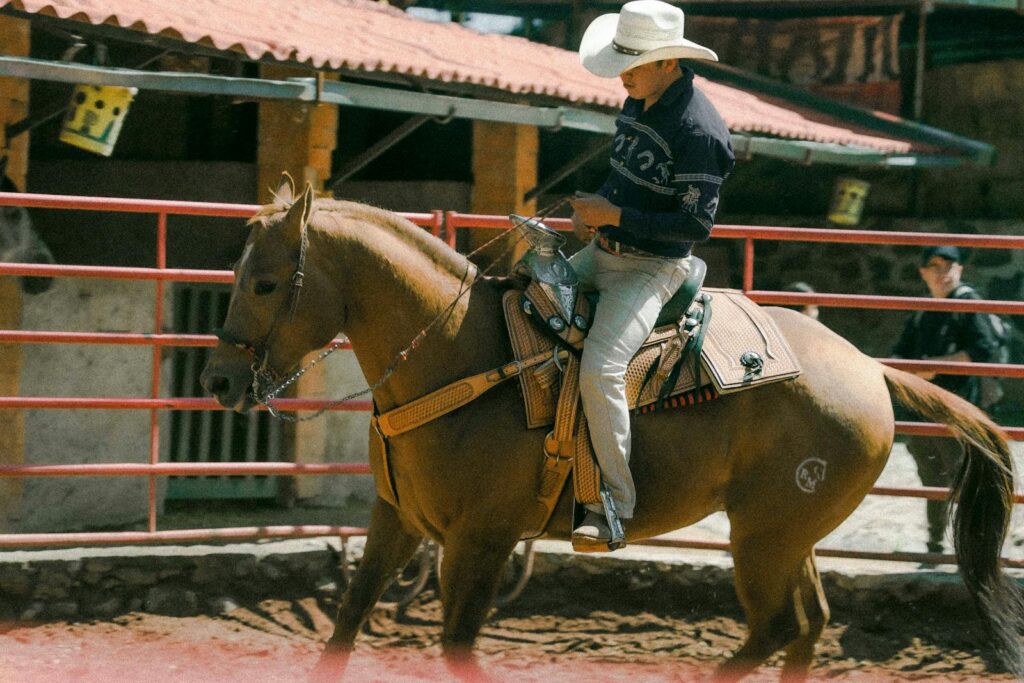
When a horse continues showing resistance despite careful training, systematic troubleshooting helps identify overlooked issues. Consider consulting an equine bodyworker or chiropractor, as physical discomfort in the poll, neck, back, or elsewhere can manifest as bit resistance when these areas become tense during riding. Review your own riding position and hand stability, as unintentional rein movement creates confusing signals that frustrate even well-trained horses. Video your riding sessions to observe subtle interactions between your hands and the horse’s response, often revealing timing issues invisible during the ride itself. For horses with significant negative history, consider temporary use of bitless options while rebuilding trust, gradually reintroducing the bit through ground exercises. Persistent problems almost always have identifiable causes that, once addressed, allow training to progress successfully.
Building Advanced Responsiveness
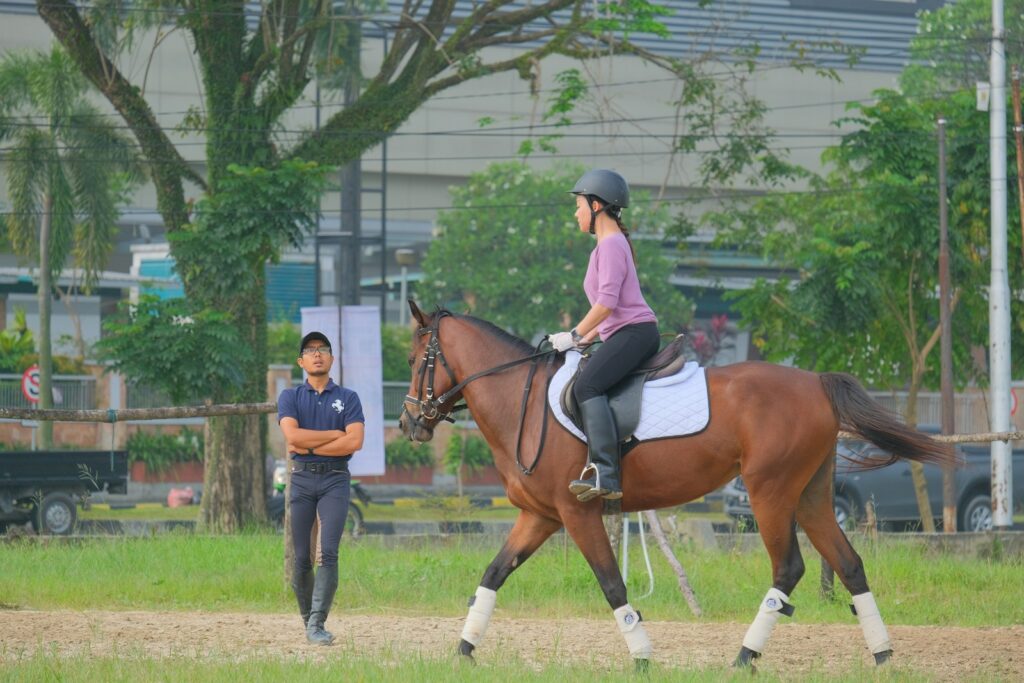
Once your horse accepts the bit consistently without resistance, focus on developing nuanced communication that enhances performance. Introduce exercises requiring subtle rein influences, such as leg-yield or shoulder-in, where the bit guides direction while allowing forward movement. Practice transitions between gaits and within gaits (e.g., extended to collected trot) using primarily seat and leg cues with minimal rein support, reinforcing that the bit communicates refinement rather than control. Work toward developing an independent seat where your balance remains stable regardless of your horse’s movement, eliminating inadvertent rein pressure caused by rider instability. This advanced responsiveness creates a partnership where communication flows subtly in both directions, with your horse responding to nearly invisible cues while providing feedback you can feel through the reins.
Maintaining Bit Acceptance Long-Term
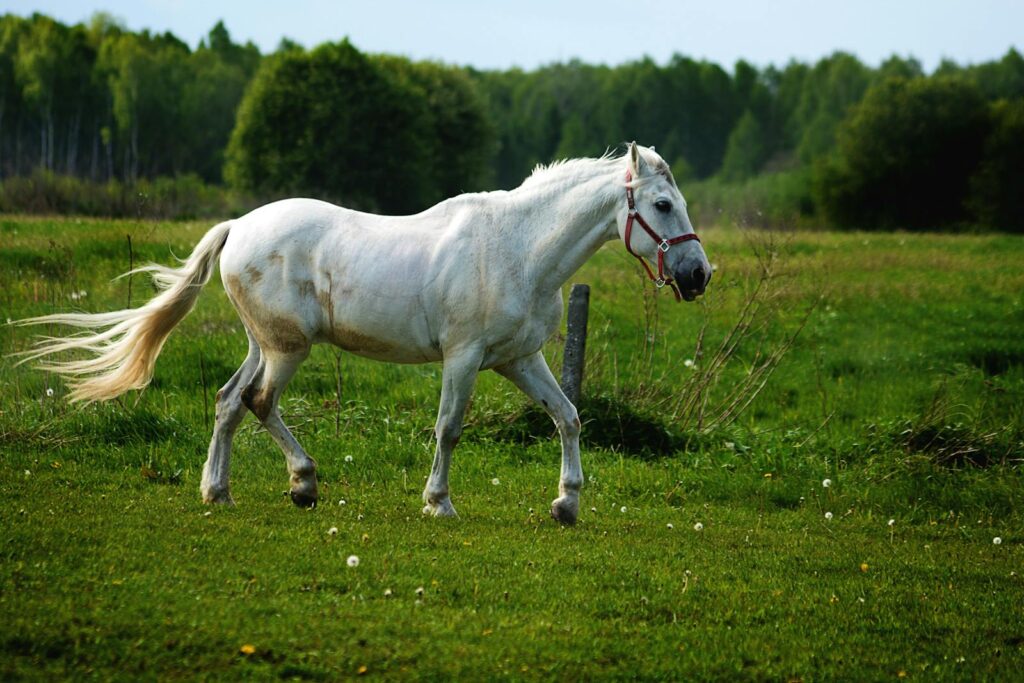
Consistent attention to detail preserves your horse’s willing acceptance of the bit throughout their career. Schedule regular dental check-ups, typically every 6-12 months depending on your horse’s age and individual needs, to prevent discomfort from developing gradually. Periodically reassess bit fit and style as your horse’s training advances and their musculature develops, potentially changing mouth shape and responsiveness. Begin each riding session with a few minutes of relaxed contact, allowing your horse to reestablish comfort before requesting more advanced work. Remember that emotional and physical factors influence bit acceptance—a horse experiencing stress, illness, or fatigue may temporarily show increased sensitivity requiring adjusted expectations. By maintaining these practices, the foundation of willing bit acceptance remains solid, supporting your horse’s ongoing development and performance.
Conclusion
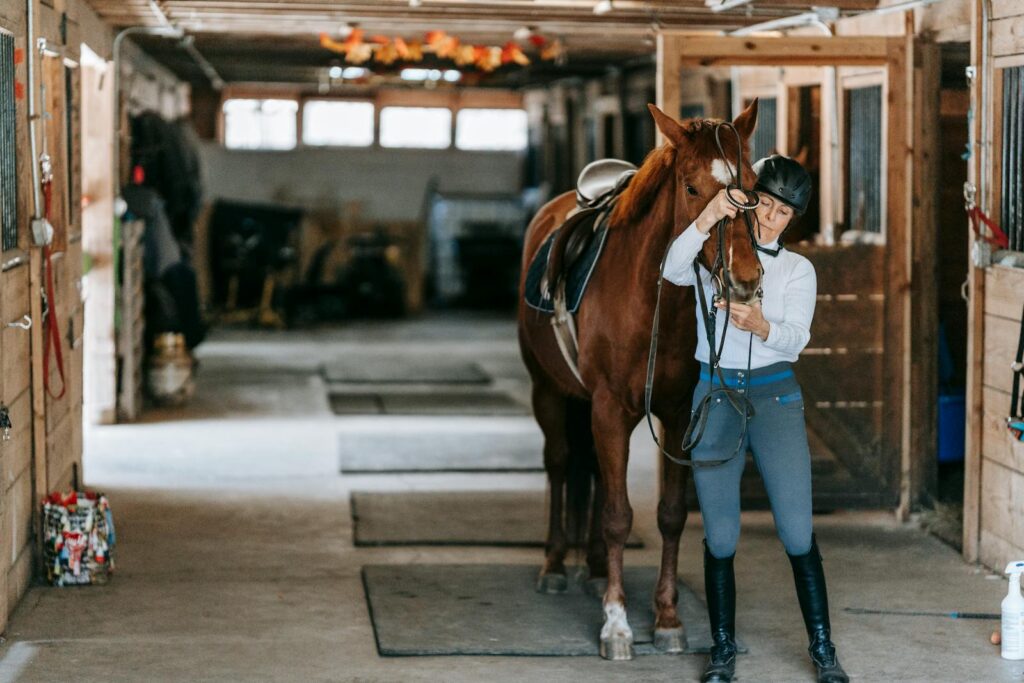
Training a horse to accept a bit without resistance requires patience, empathy, and consistent technique. By understanding the root causes of resistance, ensuring proper dental health, selecting appropriate equipment, and implementing systematic training, you can develop a horse that not only tolerates the bit but works comfortably and confidently with it. Remember that bit acceptance represents more than mechanical compliance—it reflects a trusting partnership where communication flows freely in both directions. Through this thoughtful approach to bit training, you create a foundation that supports all future riding endeavors while preserving your horse’s physical and emotional wellbeing.

